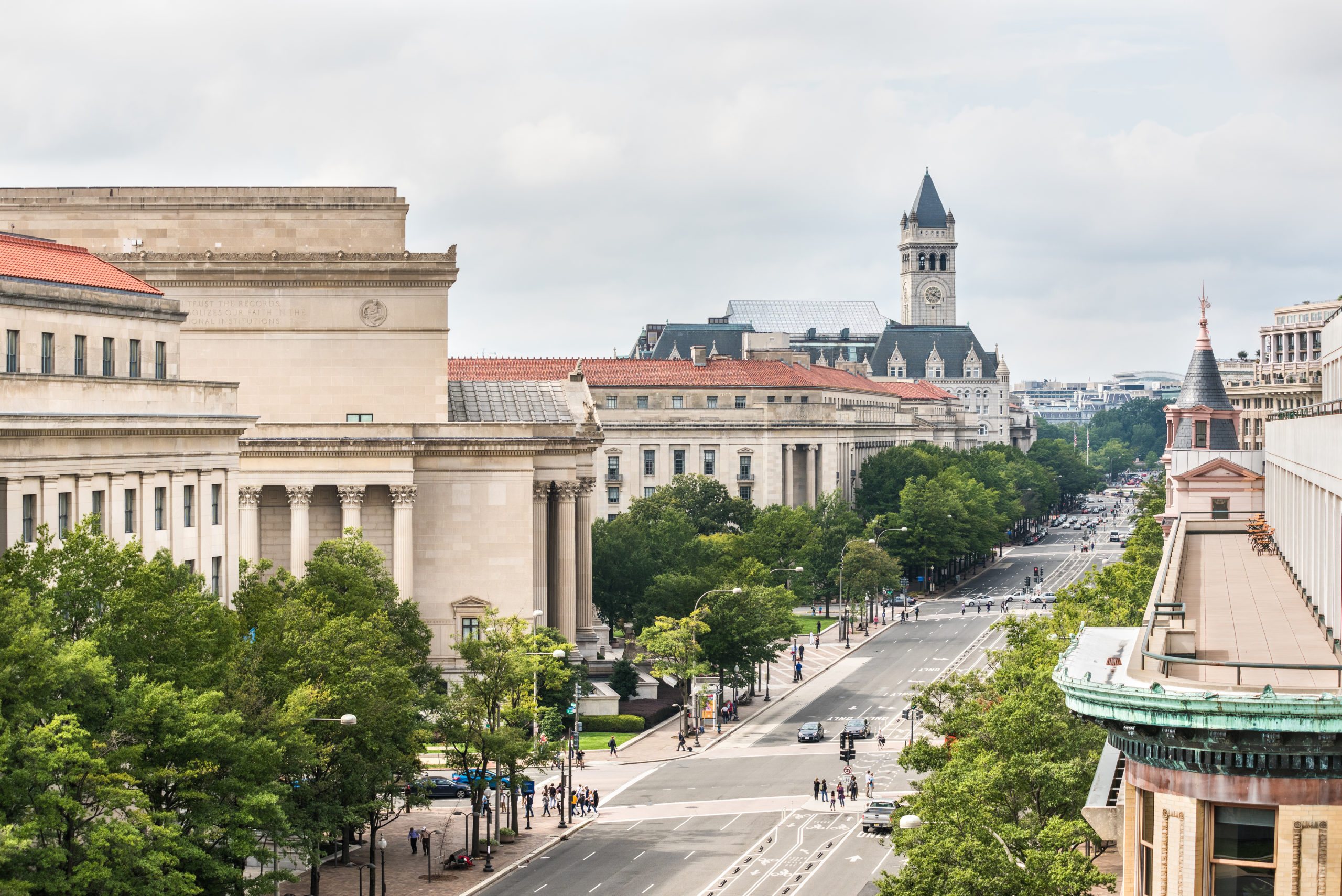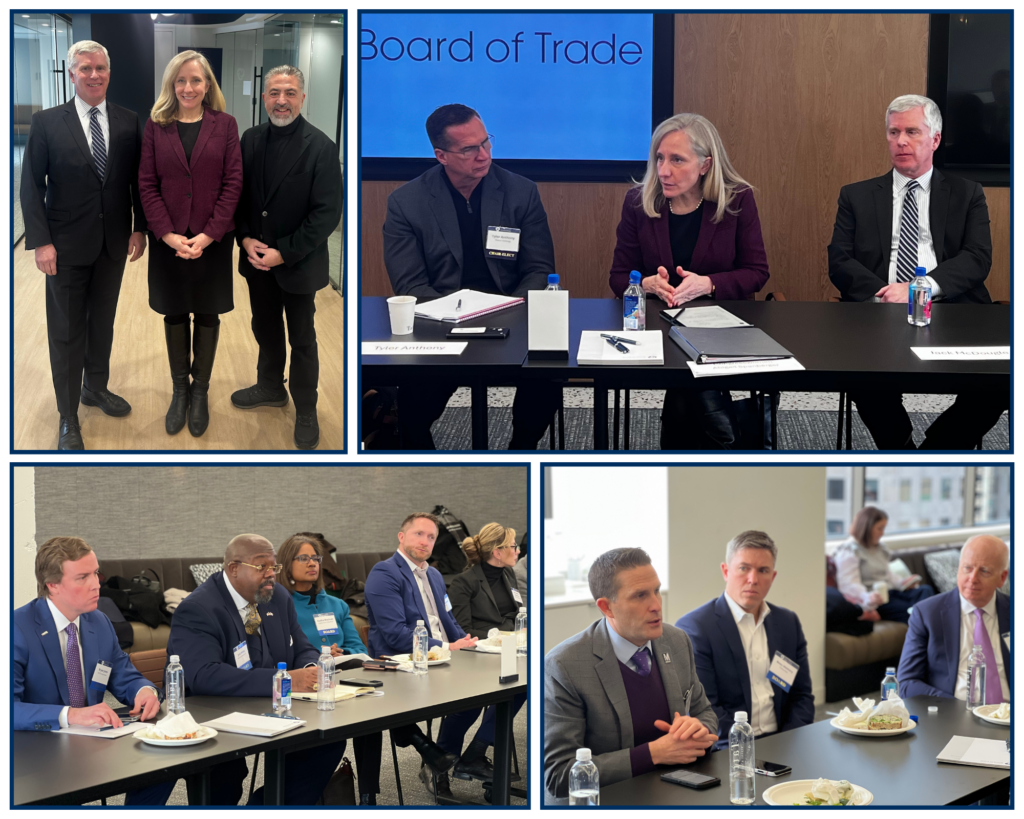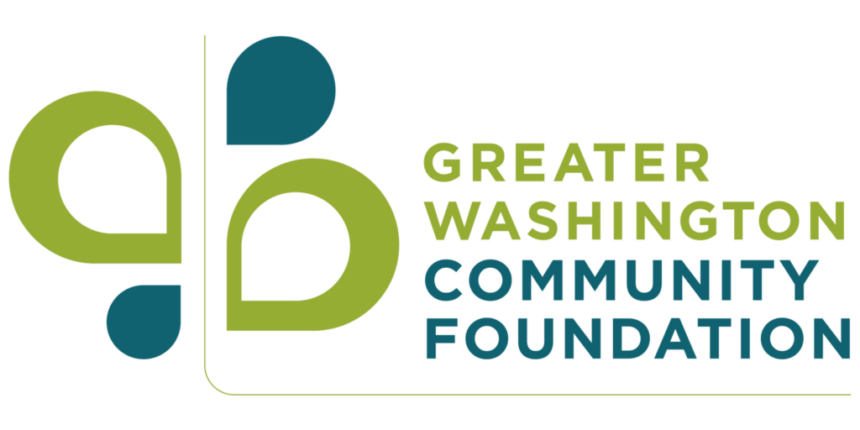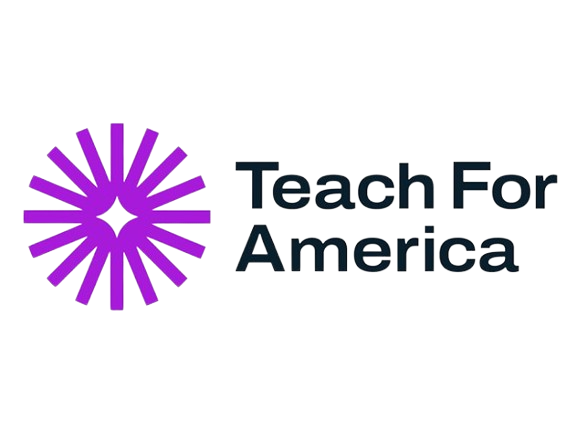This is a partnership article between United Airlines and the Greater Washington Board of Trade to further efficient transportation and air travel in our region.
For D.C. area business travelers, United can help you save money and earn rewards
United is proud to call Washington Dulles International one of our seven U.S. hubs. From Dulles alone, we offer daily service to around 60 destinations in the U.S. and Canada and daily or weekly service to 40 international destinations. For business travelers in the Washington, D.C., area, we provide convenient access to major cities in the U.S. and beyond with daily nonstop flights from all three D.C. area airports.
United for Business connects business travelers to their next destination through United’s expansive route network, providing exclusive discounts and amenities. No matter the size of your organization, our program can make your business travel more affordable and enjoyable.
Travel options for businesses of all sizes
Working with airlines for business travel can help you maximize your travel budget. If you work for a large employer, your company may already have a travel program with an airline.
If you work for a small to midsize company, or if you own your own business, you might think you’re too small to partner with an airline – but that’s not the case. Companies that travel for business can benefit even more from airline travel programs by getting access to exclusive discounts and perks that make business trips better.
Business travelers in the D.C. area are invited to learn more about the travel programs available through United for Business. To start exploring with no obligation, just enter your work email.

Savings
Discounts are one of the main benefits of business travel programs and are usually based on travel volume as well as the airline’s route structures. If you have a travel program in place, you’ll get better rates that are negotiated based on the volume of travel.
Discounts can range between 3 and 5 percent, but larger discounts may be available on higher-class tickets or when the airline wants to build volume on routes. With United for Business, discounts are offered to you up front, no matter your spend with the airline.
If your business is smaller or midsized, you could try an “off-the-shelf” travel plan from United for Business. Those are based on specific travel needs, and are helpful if you’re looking to save money, provide your travelers with amenities, or a combination of both.
If you manage travel for your small to midsize business, the United for Business travel management portal is a convenient one-stop shop for booking team travel, setting policies like the maximum budget for a trip, managing forms of payment, tracking travel spend and more. With a holistic snapshot of how your organization spends on travel, saving becomes easier.

Rewards
Partnering with an airline can also get your team rewards to enhance your travel experience – and not just for C-suite employees. Through travel programs, business travelers have more opportunities to earn discounts on perks like access to airport clubs and lounges.
Loyalty program benefits, like those available through United MileagePlus, are one of the most common ways to earn rewards. It’s free for travelers to join MileagePlus® and earn miles to redeem on flights with United and our airline partners. Travelers can use miles for benefits like flight upgrades, lounge access, priority seating and preferred seating.

From D.C. to almost anywhere
As the airline with the most routes out of IAD, we can get you to the biggest business markets in the country with frequent daily service to San Francisco, Los Angeles, Denver, New York and London. We also serve travelers from all three D.C. area airports – Baltimore/Washington International Thurgood Marshall (BWI), Ronald Reagan Washington National (DCA) and Washington Dulles (IAD).
The largest airline network
United now has the largest and most diversified international route network among U.S. airlines. We offer service to more destinations across the Atlantic and Pacific than all U.S. carriers combined.
Our network reaches further through our alliances and strategic agreements with many of the world’s leading global airlines. We’re a founding member of Star Alliance, the world’s largest airline alliance with destinations in nearly 200 countries, which gives your travelers access to routes across the world.
You can usually book flights with Star Alliance airlines on united.com or the United app, if the flight is part of your United itinerary. Plus, you’ll still earn miles and status when you fly with most of our airline partners, just like you would when you fly United.

Learn More: Business travelers in the D.C. area are invited to learn more about the travel programs available through United for Business. To start exploring with no obligation, just enter your work email.


































